I would appreciate some help understanding the output of a small educational program I put together. I am new to OpenCV and don't have much C++ experience.
The goal of the script is to perform the following:
- Load an image
- Perform DFT on the image
- Apply a circular binary mask to the spectrum, where the radius of the circle can be increased by hitting a key on the keyboard (essentially applying a very crude filter to the image)
- Display the result of the inverse transform of the spectrum after the mask was applied
I have the basic functionality working: I can load the image, perform DFT, view the output image and increase the radius of the circle (advancing through a for-loop with the circle radius following i), and see the result of the inverse transform of the modified spectrum.
However I do not understand why the output is showing a vertically flipped copy of the input superimposed on the image (see example below with Lena.png). This is not my intended result. When I imshow() the inverse DFT result without applying the mask, I get a normal, non-doubled image. But after applying the mask, the IDFT output looks like this:
I am not looking for a quick solution: I would really appreciate if someone more experienced could ask leading questions to help me understand this result so that I can try to fix it myself.
My code:
#include <opencv2/core/core.hpp>
#include <opencv2/highgui.hpp>
#include <opencv2/imgcodecs.hpp>
#include <opencv2/imgproc.hpp>
#include <iostream>
using namespace cv;
void expand_img_to_optimal(Mat &padded, Mat &img);
void fourier_transform(Mat &img);
int main(int argc, char **argv)
{
Mat input_img;
input_img = imread("Lena.png" , IMREAD_GRAYSCALE);
if (input_img.empty())
{
fprintf(stderr, "Could not Open image\n\n");
return -1;
}
fourier_transform(input_img);
return 0;
}
void fourier_transform(Mat &img)
{
Mat padded;
expand_img_to_optimal(padded, img);
Mat planes[] = {Mat_<float>(padded), Mat::zeros(padded.size(), CV_32F)};
Mat complexI;
merge(planes, 2, complexI);
dft(complexI, complexI, DFT_COMPLEX_OUTPUT);
// For-loop to increase mask circle radius incrementally
for (int i=0; i<400; i+=10) {
Mat mask = Mat::ones(complexI.size(), complexI.type());
mask.convertTo(mask, CV_8U);
Mat dest = Mat::ones(complexI.size(), complexI.type());
circle(mask, Point(mask.cols/2, mask.rows/2), i, 0, -1, 8, 0);
complexI.copyTo(dest, mask);
Mat inverseTransform;
idft(dest, inverseTransform, DFT_INVERSE|DFT_REAL_OUTPUT);
normalize(inverseTransform, inverseTransform, 0, 1, NORM_MINMAX);
imshow("Reconstructed", inverseTransform);
waitKey(0);
}
}
void expand_img_to_optimal(Mat &padded, Mat &img) {
int row = getOptimalDFTSize(img.rows);
int col = getOptimalDFTSize(img.cols);
copyMakeBorder(img, padded, 0, row - img.rows, 0, col - img.cols, BORDER_CONSTANT, Scalar::all(0));
}
